Jul 2019
22 Mon
23 Tue
24 Wed
25 Thu 09:15 AM – 05:45 PM IST
26 Fri 09:20 AM – 05:30 PM IST
27 Sat
28 Sun
Jul 2019
22 Mon
23 Tue
24 Wed
25 Thu 09:15 AM – 05:45 PM IST
26 Fri 09:20 AM – 05:30 PM IST
27 Sat
28 Sun
Pinned update
The Fifth Elephant Winter edition starts at 9:30 am; live stream for members This update is for participants only
##The eighth edition of The Fifth Elephant will be held in Bangalore on 25 and 26 July. A thousand data scientists, ML engineers, data engineers and analysts will gather at the NIMHANS Convention Centre in Bangalore to discuss:
##Highlights:
1. Meet Peter Wang, co-founder of Anaconda Inc, and learn about why data privacy is the first step towards robust data management; the journey of building Anaconda; and Anaconda in enterprise.
2. Talk to the Fulfillment and Supply Group (FSG) team from Flipkart, and learn about their work with platform engineering where ground truths are the source of data.
3. Attend tutorials on Deep Learning with RedisAI; TransmorgifyAI, Salesforce’s open source AutoML.
4. Discuss interesting problems to solve with data science in agriculture, SaaS perspective on multi-tenancy in Machine Learning (with the Freshworks team), bias in intent classification and recommendations.
5. Meet data science, data engineering and product teams from sponsoring companies to understand how they are handling data and leveraging intelligence from data to solve interesting problems.
##Why you should attend?
##Full schedule published here: https://hasgeek.com/fifthelephant/2019/schedule
##Contact details:
For more information about The Fifth Elephant, sponsorships, or any other information call +91-7676332020 or email info@hasgeek.com
#Sponsors:
Sponsorship Deck.
Email sales@hasgeek.com for bulk ticket purchases, and sponsoring 2019 edition of JSFoo:VueDay.
#Platinum Sponsor
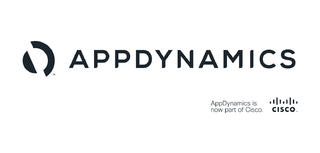 |
 |
 |
#Community Sponsors
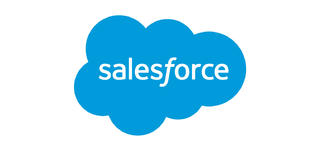 |
 |
 |
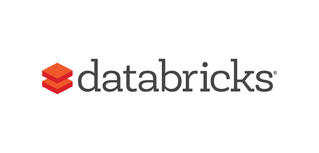 |
 |
 |
#Exhibition Sponsors
 |
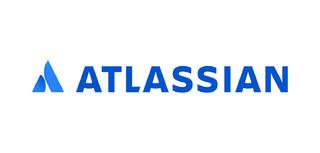 |
 |
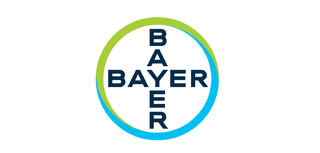 |
 |
 |
#Bronze Sponsor
 |
 |
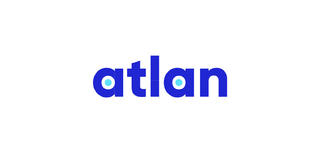 |
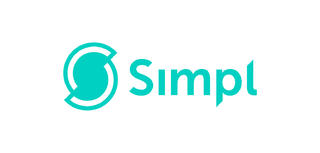 |
 |
 |
#Community Sponsors
 |
 |
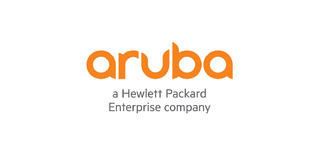 |

Sandeep Khurana, Data Scientist
25 Jul 2019, 10:10 AM

Kumar Puspesh, CTO and co-founder at Moonfrog
25 Jul 2019, 11:25 AM

Peter Wang, Co-founder of Anaconda, Inc
25 Jul 2019, 2:35 PM

Rajdeep Dua, Salesforce
26 Jul 2019, 11:10 AM

Ishita Mathur, Data scientist at GO-JEK
26 Jul 2019, 2:00 PM
NIMHANS Convention Centre
Hosur Main Road
Lakkasandra
Bengaluru - 560029
Karnataka, IN
Hosted by